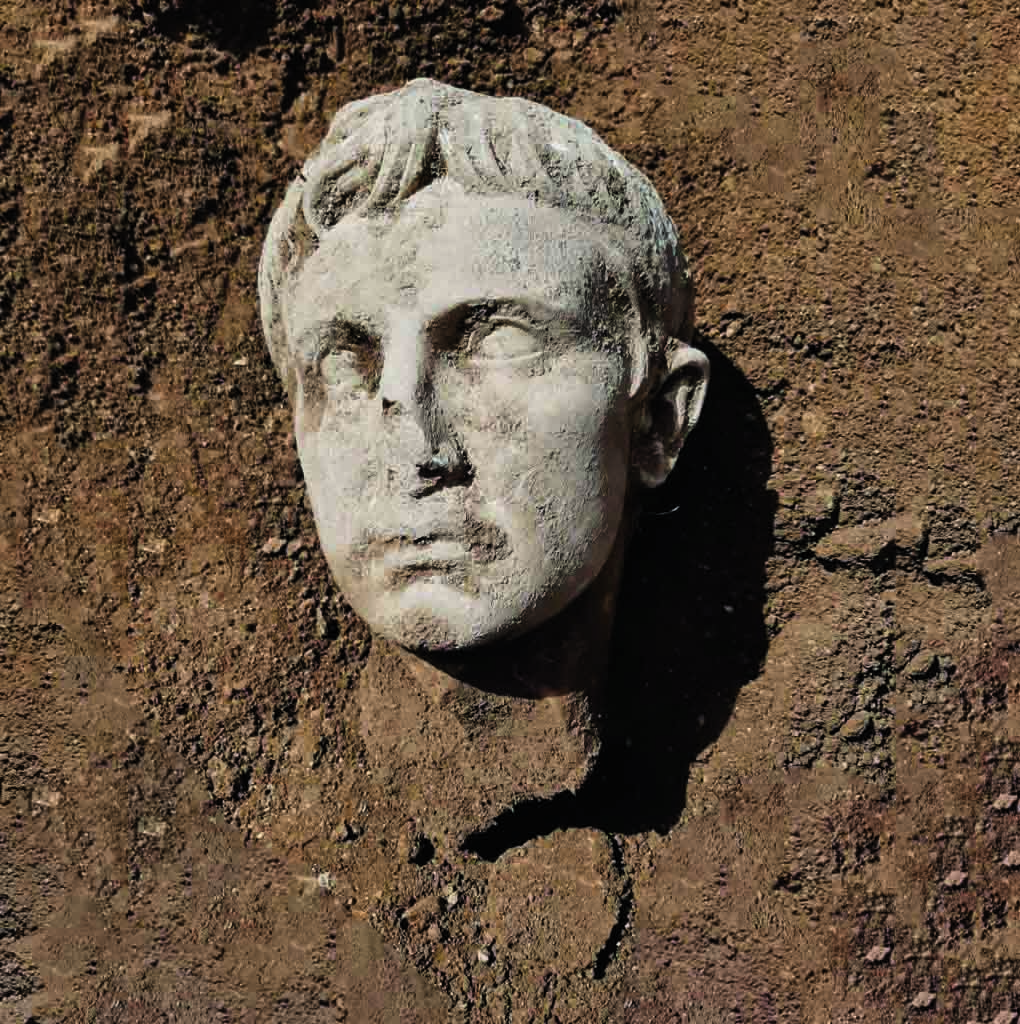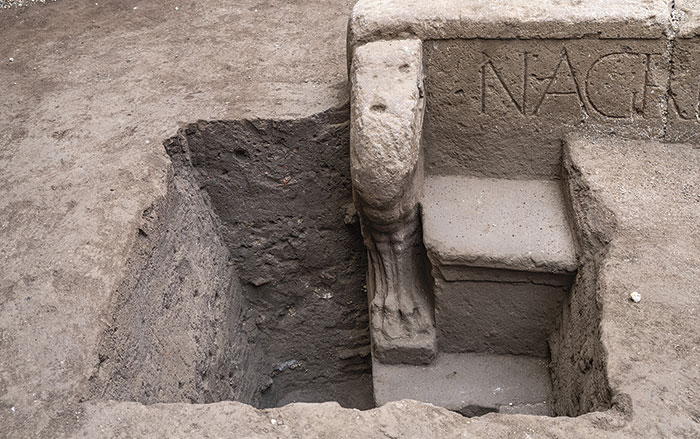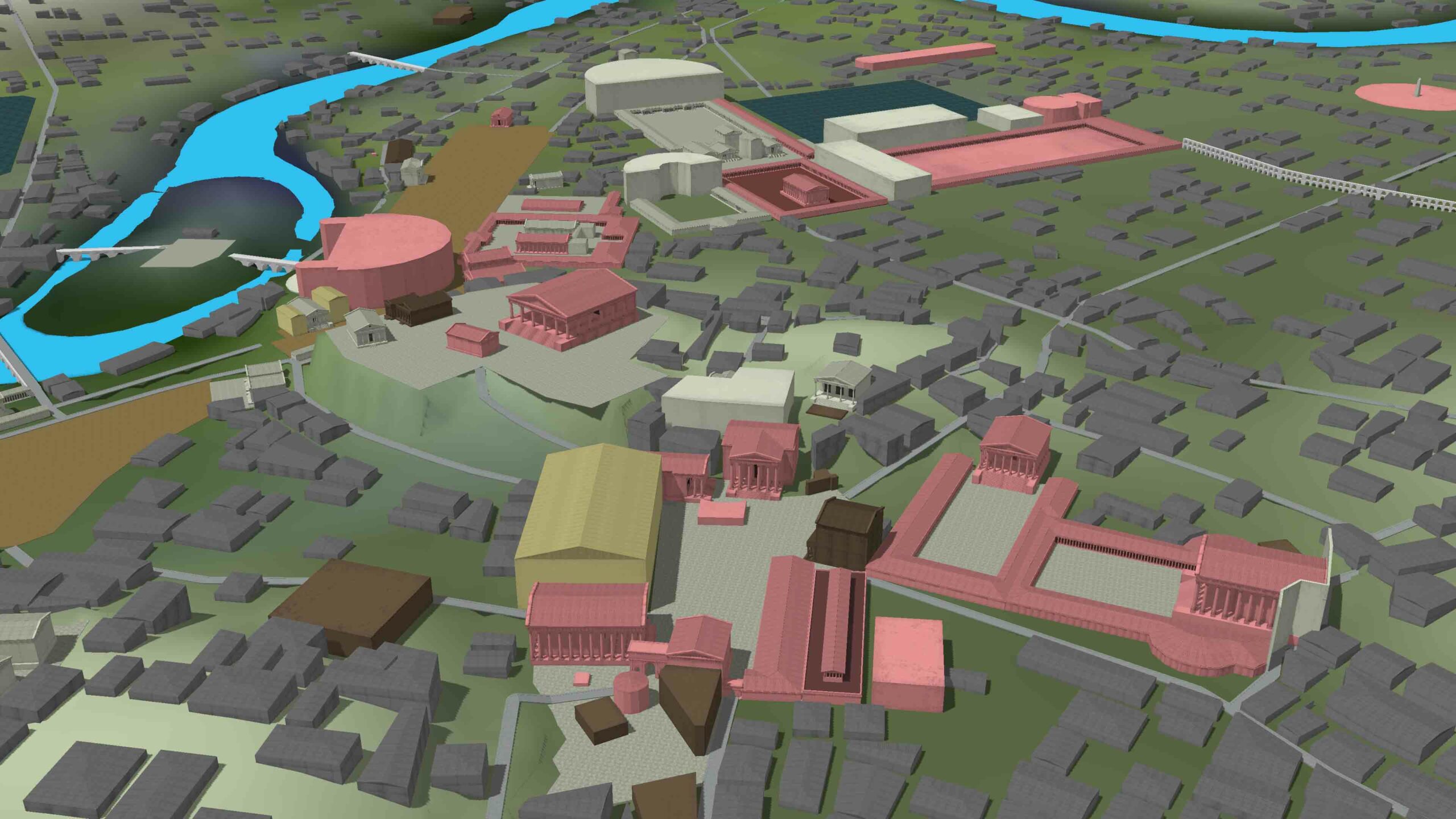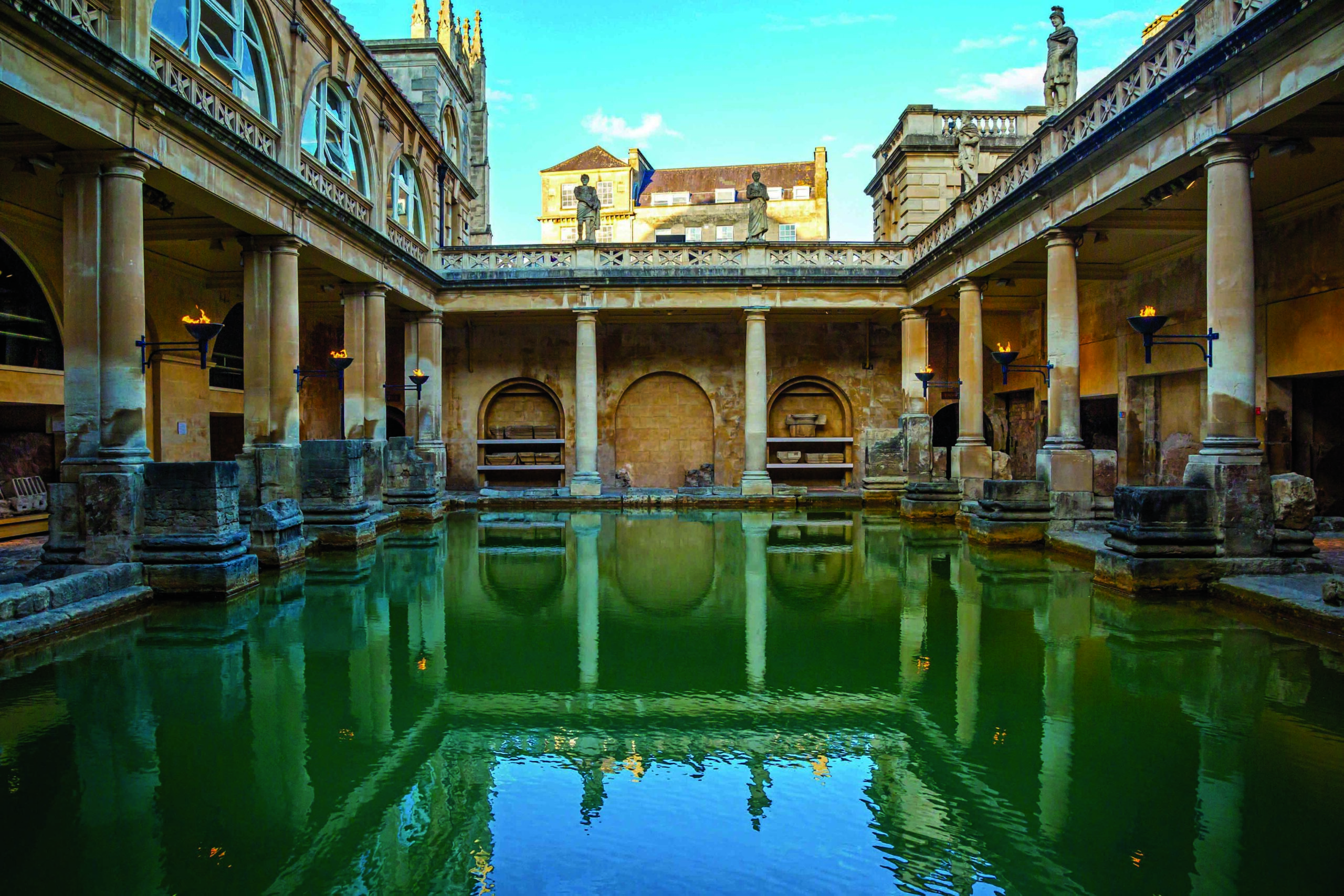
While excavating behind a medieval wall in the southern Italian town of Isernia, archaeologists uncovered a 14-inch-tall marble head of Rome’s first emperor, Augustus (r. 27 B.C.–A.D. 14). Researchers identified the emperor based on the sculpture’s distinctive eyes and coiffure, which are hallmarks of portraits of Augustus. Isernia, known in Roman times as Aesernia, was originally settled by the Samnites, an ancient people from south-central Italy’s Apennine Mountains, but by 295 B.C. they had been conquered by the Romans. In 90 B.C., the Samnites recaptured the Roman colony, only to lose it once again to Roman control. By the reign of the emperor Augustus, Aesernia had become a prosperous Roman town.











